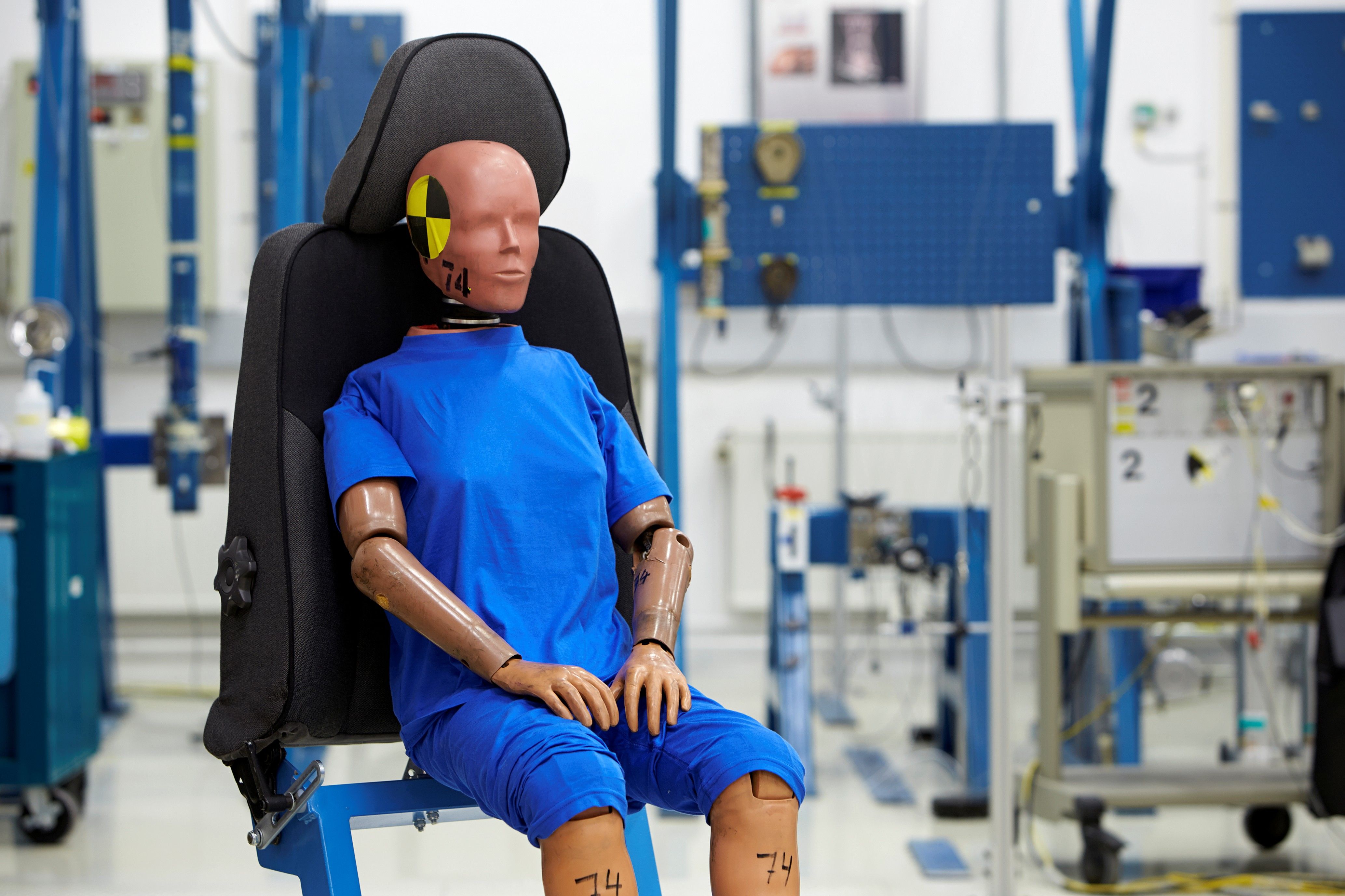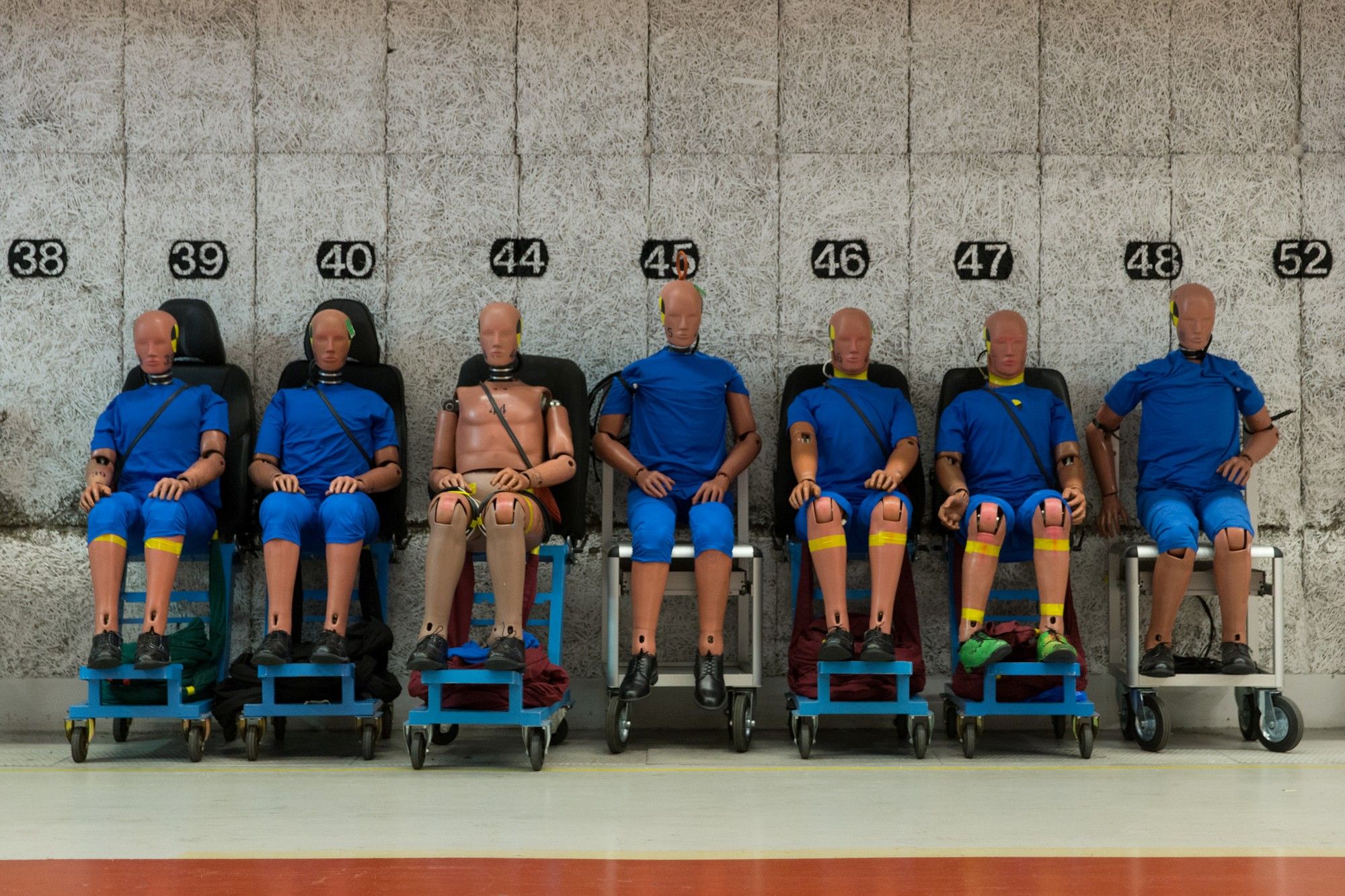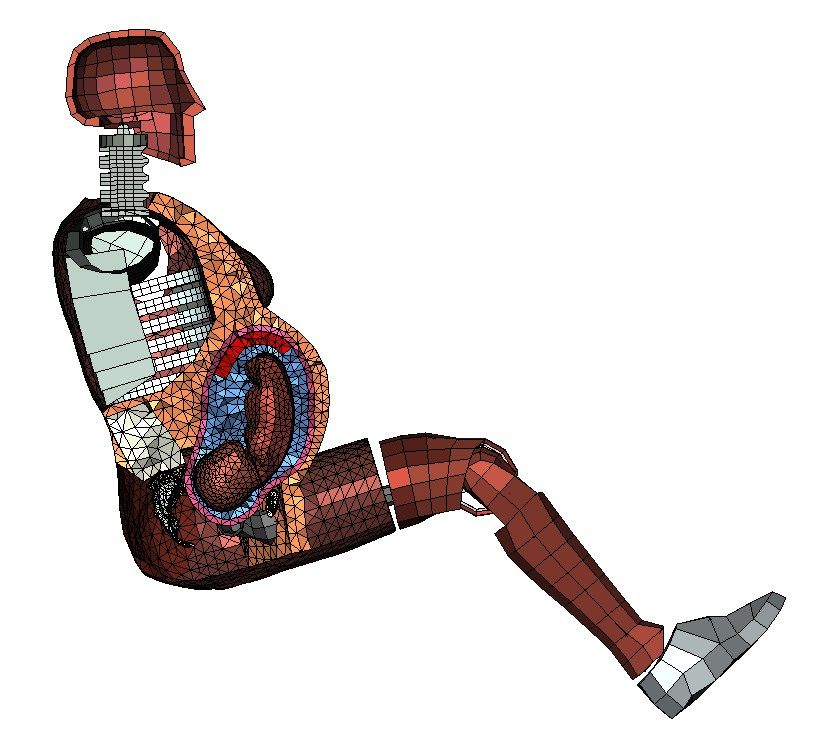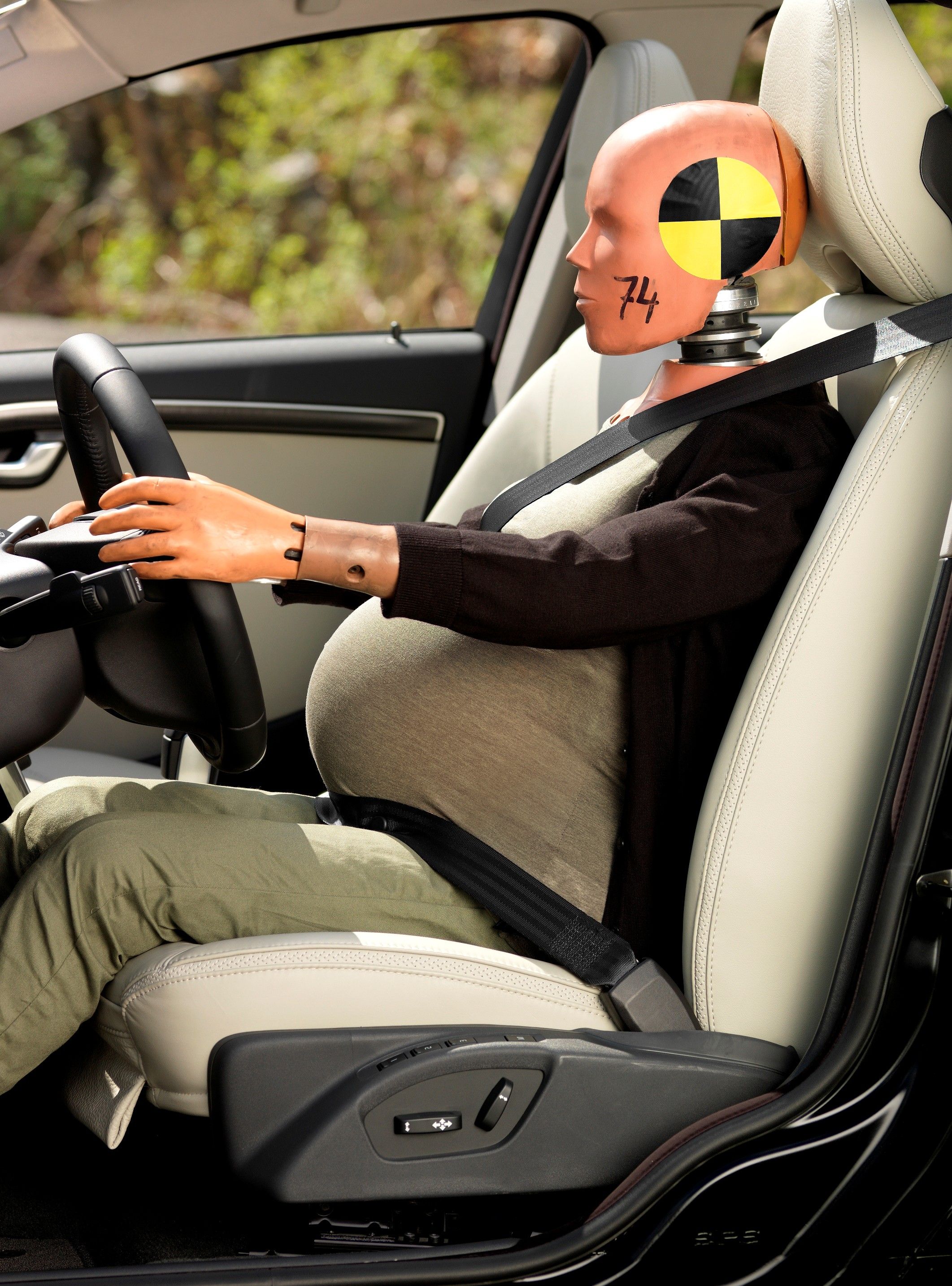
When purchasing a vehicle, we often put little thought into the safety it can offer in the event of a car crash. That’s likely because nearly all brand new vehicles perform relatively well in car crashes these days; that performance is based on decades of research and data accumulated from crash testing hundreds of thousands of cars, driven and occupied by crash test dummies.
However, the use of crash test dummies was not the standard for quite a while. In fact, in the early 1900s — from the 1930s to as late as the 1960s — human cadavers were used to determine the effect of vehicle crashes on humans.

Crash test dummies — designed to more accurately simulate the human body and the way the limbs move in the vent of a crash — were only introduced to crash testing in the 1970s. Initially, only one kind of dummy was used, with a set height and mass. Known as the "50th percentile male" dummy, it was modeled after an average male in height, mass, and proportions. It was the result of averaging all human dimensions and proportions to create one representative dummy for the entire human race.
Of course, we know that humans come in various shapes and forms, from tall to short, skinny to stout, and several varieties in between. It wasn’t until 1976 that more varieties of dummies were made to simulate taller or more rotund passengers for more accurate data in crash tests to further improve safety systems.

dummy that simulates an infant passenger.
In spite of all these improvements, crash test dummies were still based on human males. Many of these variations didn’t account for the differences in female anatomy. While the data they provided was certainly valuable, they did little to inform researchers of how a female would fare in a crash test.
Introducing females
In 1995, Volvo pioneered the use of anatomically accurate female crash test dummies to ensure that its safety innovations protect all occupants, not just male. As one can expect the female crash test dummy integrates more female-like anthropometry. These include features like breasts, slimmer and slightly shorter limbs, and lighter mass to better simulate a female passenger.
Pregnancy
Attention was also, thankfully, turned to simulating pregnant females. Volvo began with computer simulations. It developed an anatomically correct pregnant virtual crash test dummy in 2002, developed by Volvo mechanical engineer, Laura Thackray. Called ‘Linda,’ this virtual crash test dummy was designed to be customizable (with just a few keystroke commands) to represent every stage of pregnancy at the push of a button. These simulations have allowed Volvo R&D to determine how the virtual mother-to-be and her unborn baby are affected by the safety belt and airbag in simulated car crashes.

Her lower torso, abdomen and upper thigh areas are representative of the human body, with human-like tissue, whereas the rest of the model is like today’s physical Hybrid III crash test dummies, modeled of synthetic and steel materials. Her human-like parts include ribs, soft abdominal tissue, pelvic bones, gravid uterus, placenta, amniotic fluid and a 36 week-old baby, "Kira". Linda's body size and stage of pregnancy are scalable to help represent specific occupants.

The computer generated “Linda” helped inform the design and construction of a real life “Linda” crash test dummy later on. These innovations are the reason many cars today can easily protect passengers of all shapes and sizes in the event of a crash. They continue to inform researchers in the design and testing of modern ADAS (Advanced Driver Assistance Systems) like fully autonomous emergency braking, adaptive cruise control, lane keeping assist, and the like in order to reduce the likelihood of accidents even happening.
Recognition
And for its efforts, Volvo Cars received the 2025 Sandy Myhre Award from Women's Worldwide Car of the Year (WWCOTY). It was recognized as the car brand most dedicated to women, thanks to its safety innovations, commitment to gender equality and efforts in empowering women within the automotive industry.
Named after the New Zealand motoring journalist who founded WWCOTY in 2009, this award is judged by an all-female jury of 82 respected women motoring journalists from 55 countries representing a cumulative audience of over 500 million, globally. This year’s jury recognized Volvo Cars’ long-standing commitment to women’s representation and safety.
These advancements have been instrumental in improving road safety and saving lives for generations. And thanks to the fearless lady engineers at Volvo, more representative of female drivers and passengers as well.